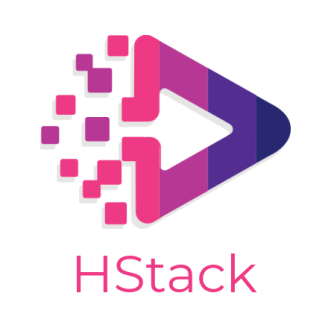Introduction
The rapid evolution of technology has given rise to innovative computing paradigms, with hybrid serverless architecture emerging as a game-changer in the cloud computing landscape. As businesses strive for agility, scalability, and cost-efficiency, the hybrid serverless model is on the brink of achieving a trillion-dollar valuation. In this article, we delve into the factors driving this growth, the advantages it offers, and what the future holds for hybrid serverless solutions.
Understanding Hybrid Serverless Architecture
Hybrid serverless architecture combines traditional server-based computing with serverless computing, allowing organizations to utilize both models according to their needs. This flexible approach enables businesses to:
- Optimize resource utilization
- Enhance performance
- Reduce operational costs
By seamlessly integrating serverless functions with existing infrastructure, companies can achieve a balance that meets their operational requirements while maximizing efficiency.
The Rise of Serverless Computing
Serverless computing, often heralded for its ability to abstract server management, has gained notable traction in recent years. According to a Gartner report, the serverless market is projected to reach $19.6 billion by 2025, driven by increasing demand for simplified cloud services and the growing preference for pay-as-you-go models. Serverless architecture allows developers to focus solely on writing code without worrying about server provisioning and management.
Pros and Cons of Hybrid Serverless Solutions
Like any technology, hybrid serverless solutions come with their own set of advantages and challenges. Understanding these can help organizations make informed decisions.
Pros
- Cost Efficiency: With hybrid serverless, companies only pay for the compute resources they consume, leading to significant cost savings.
- Scalability: The architecture scales automatically based on demand, ensuring applications can handle varying workloads without over-provisioning.
- Faster Time to Market: Developers can deploy applications more quickly, allowing organizations to respond to market changes rapidly.
- Flexibility: Businesses can combine legacy systems with modern serverless functions, providing a tailored approach to application development.
Cons
- Complexity: The integration of multiple architectures can introduce complexity in management and development.
- Vendor Lock-In: Dependence on specific cloud providers can lead to challenges if businesses wish to switch providers later.
- Limited Control: With serverless functions, organizations have less control over the underlying infrastructure.
Market Trends Fueling Growth
Several trends are contributing to the rising valuation of hybrid serverless solutions:
1. Increased Cloud Adoption
As more businesses migrate to the cloud, the demand for flexible and efficient computing solutions grows. According to Statista, the global public cloud market is expected to reach $800 billion by 2025, with hybrid serverless solutions playing a significant role.
2. Digital Transformation Initiatives
Organizations across various industries are undergoing digital transformation to enhance customer experiences and streamline operations. Hybrid serverless technology supports these initiatives by providing the agility and speed needed to innovate.
3. Rise of Microservices
The adoption of microservices architecture is a natural fit for hybrid serverless models. This approach breaks applications into smaller, manageable services, allowing for faster development and easier scaling.
Future Predictions
Experts predict that as businesses continue to embrace hybrid serverless architectures, we may see:
- Increased Investment: Venture capitalists are likely to pour more funds into startups offering hybrid serverless solutions, propelling innovation and development.
- More Comprehensive Solutions: As the market matures, providers will offer more integrated solutions that combine hybrid serverless with advanced technologies like AI and machine learning.
- Standardization: We may witness the emergence of industry standards for hybrid serverless architectures, making implementation easier and more consistent across organizations.
Real-World Examples
Several companies are leading the way in adopting hybrid serverless solutions:
1. Netflix
Netflix has adopted a hybrid approach, leveraging serverless functions to handle specific workloads while maintaining core functions on traditional servers. This strategy allows them to scale efficiently during peak usage times.
2. Airbnb
Airbnb utilizes serverless computing to manage its extensive user base and complex transactions, enabling it to deliver a seamless experience to users around the globe.
Conclusion
The potential for hybrid serverless architectures to reach a trillion-dollar valuation is not just a possibility but an imminent reality. As businesses demand more flexibility, scalability, and cost-effectiveness, hybrid serverless solutions present the perfect blend of efficiency and control. With the right investments and strategic implementations, this computing model is poised to transform industries and redefine the cloud landscape for years to come.
Call to Action
Organizations looking to harness the benefits of hybrid serverless architecture should consider partnering with cloud experts to navigate the complexities and implement tailored solutions that meet their unique needs.
